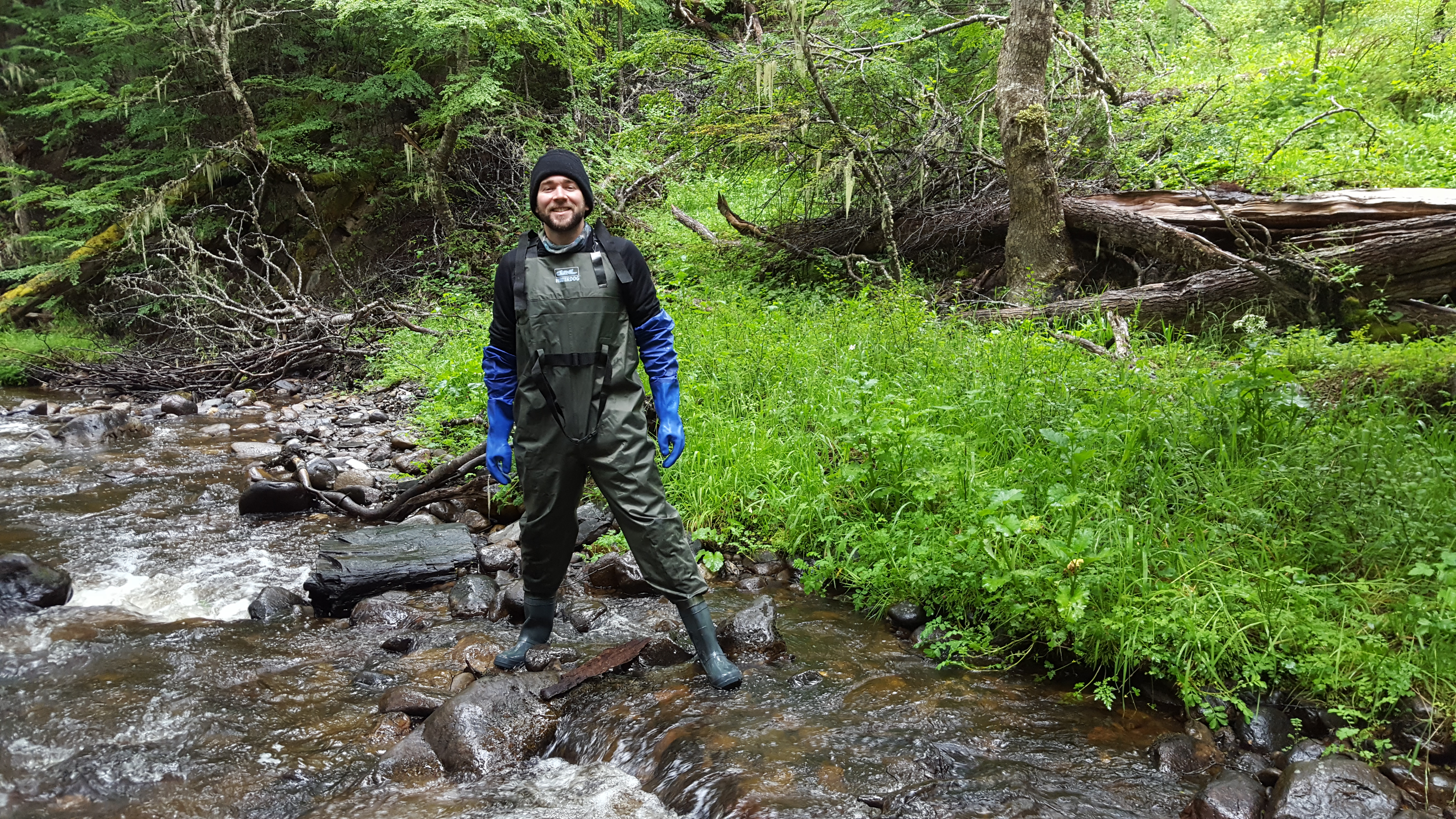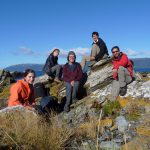
During my time in Ushuaia, I had the opportunity to analyze and synthesize existing survey data on visitors’ perceptions of benefits and threats to Tierra del Fuego National Park and write a paper on my findings. I also sought to try to explain these perceptions by looking at relationships between knowledge of the national park and the perception responses. The project gave me my first experience attempting to write a paper with the intention of having it published in a peer-reviewed journal, it allowed me to explore new types of statistical analyses that I had not previously had experience with, such as general linear models, and it allowed me to have a deeper understanding of people’s relationship with a place considered the “end of the world.” In addition to my main project, I was afforded the flexibility to participate in other ventures in the field, particularly collecting data from several stream sites on Tierra del Fuego Island.
Aaron Mrotek, Northern Arizona University, Masters in Climate Science and Solutions
Mrotek, A., C.B. Anderson, A.E.J. Valenzuela, L. Manak, A. Weber, P. Van Aert, M. Malizia & E.A. Nielsen. 2019. An evaluation of local, national and international perceptions of benefits and threats to nature in Tierra del Fuego National Park (Patagonia, Argentina). Environmental Conservation.

